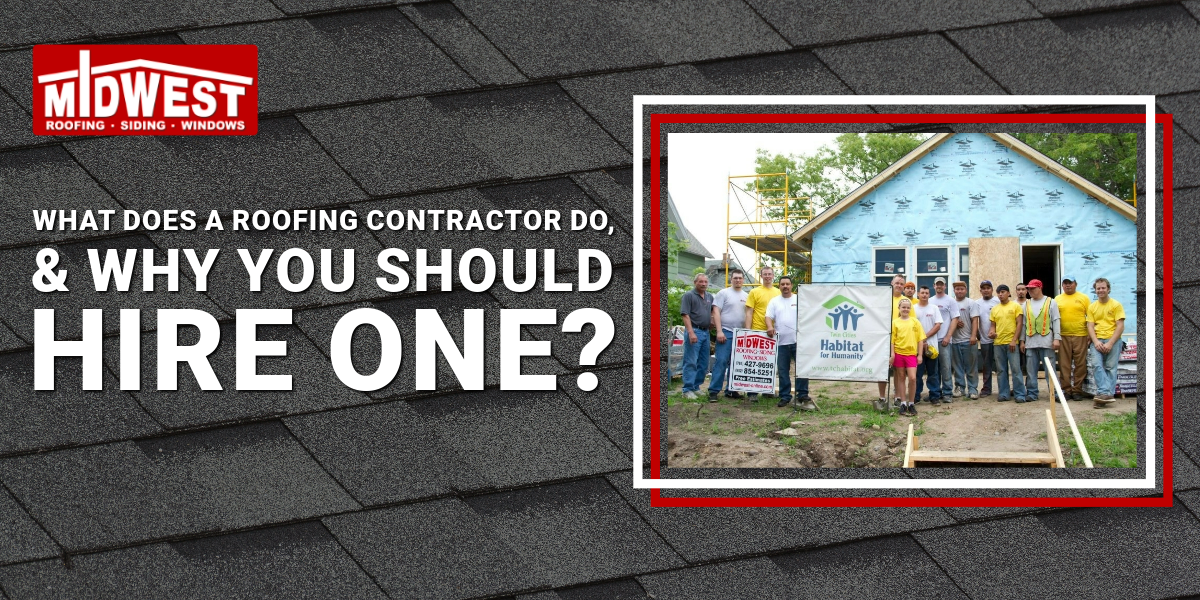For numerous homeowners, embarking on a home improvement project holds an irresistible allure. The joy of transforming a space, the potential savings, and the sheer thrill of creation are unparalleled. However, every home renovation endeavour must prioritise one principle: safety first.
In this article, we’ll dive into the intricacies of safety equipment, ensuring your home becomes a masterpiece without any undesirable incidents along the way. Before you pick up that hammer, let’s unravel the essentials of safety and workwear.

Investing In Protective Clothing & Gear
Starting a home improvement project demands more than just tools and materials; safety preparations are equally paramount. Ensure you have the right protective wear and gear before starting. These include the following:
- Safety Footwear: Steel-toed boots with anti-slip features are crucial. These prevent injury from dropped tools and offer a stable foundation during work.
- Work Gloves: Your hands are engaged in almost every task, making their protection essential. Cut-resistant gloves protect against sharp objects. Chemical-resistant gloves ensure safety when handling harmful substances. Electrical-resistant gloves shield against electrical hazards.
- Safety Overalls: Beyond protection from stains, safety overalls defend against chemicals and other hazardous materials.
- Head & Face Protection: Helmets prevent injuries from falling objects. Safety goggles and face shields protect the face and eyes from debris, especially during tasks like sawing or sanding.
- Ear Protection: Prolonged exposure to machinery noise can lead to hearing issues. Equip yourself with earmuffs or earplugs to mitigate this risk.
Now that we’ve covered the foundational protective gear, let’s shed some light on the shocking dangers of electrical tasks and how to remain safe.
Understanding Electrical Safety Risks
Electrical tasks can pose significant risks. Having the right information and tools can mitigate these dangers.
- Circuit Testers And Voltage Detectors: Before engaging with any electrical component, ensure it’s not powered using these devices.
- Insulated Tools And Residential Current Devices (RCDs): Tools with insulation reduce the risk of accidental shocks. These devices protect against unforeseen electrical mishaps.
While electrical safety is paramount, the risks of working at elevated heights also demand attention. Let’s explore how to ensure utmost protection in such settings.
Standing Tall Against Falls
Tasks that require working at elevated heights present a unique set of challenges and dangers. From unstable platforms to the risk of sudden missteps, it’s essential to be equipped not only with the right tools but also with knowledge about height safety. Taking precautions can spell the difference between completing a task successfully and facing serious, sometimes life-threatening, accidents.
- Safety Harnesses: A must-have when working on roofs or elevated platforms. They prevent fatal falls by securing you to a fixed point.
- Ladder And Scaffolding Safety: Selecting the appropriate ladder or scaffolding is as crucial as knowing how to use it safely. Always check for stability before climbing.
Having covered risks from heights, let’s focus on the importance of ground-level organisation. A tidy workspace is crucial for safety.
Organise, Handle, Store
An organised workspace boosts efficiency and enhances safety.
- Organising Tools: Toolboxes and belts maintain order, ensuring tools are easily accessible and safely stored.
- Correct Handling Techniques: Adopt proper postures, like lifting heavy items with your legs and ensuring a firm grip on tools.
- Safe Chemical Storage: Chemicals like paints and solvents need special care. Store them sealed in a place away from direct sunlight and moisture.
Beyond organisation, let’s also consider the air quality while working. Let’s explore the importance of respiratory protection.
Taking A Deep Breath With Respiratory Protection
Airborne threats can be hazardous. Shield yourself from harmful inhalants effectively.
- Choosing The Right Mask: When thinking about doing a spray-painting job, understanding the difference between respirators and dust masks is vital, as each serves a unique protective purpose.
- Ensuring Proper Ventilation: Adequate airflow is crucial when dealing with chemicals. It helps disperse harmful vapours, reducing inhalation risks.
However, despite our best efforts, accidents can happen, so being equipped with first aid knowledge is indispensable.
Being Prepared With First Aid
In the realm of home improvements, even with rigorous safety measures, the unpredictable can occur. Possessing a comprehensive first aid kit and knowledge of basic medical interventions can be the distinction between a minor hiccup and a significant setback.
The first aid kit should be tailored to your activities, accommodating possible injuries such as cuts, burns, or chemical exposures. Key items might include antiseptic wipes, bandages of various sizes, burn creams, and a CPR face shield. Regular inspections ensure the kit’s contents remain up-to-date and usable.
Proactive awareness can prevent many injuries, but being prepared to respond is also crucial. Let’s probe into the significance of staying informed.
Awareness Is Your Safety Net
Stay informed; it’s your best defence against potential hazards.
- Educate Yourself: Continuous learning about new tools or chemicals ensures you’re always prepared for different challenges. User manuals, safety guidelines, and online tutorials can be invaluable resources. They provide insights on proper usage, storage, and potential risks of tools or chemicals.
- Basic Safety Protocols For Tools And Equipment: Always inspect tools before use to detect malfunctions or wear. Maintain a clean workspace, as clutter can pose tripping hazards or obscure dangerous items. When using power tools, ensure you’re in a well-lit area and wear appropriate protective gear like safety glasses or ear protection. For chemical-based tasks, always work in a well-ventilated space and store chemicals away from children’s reach and direct sunlight.
We’ve equipped ourselves with knowledge and awareness, but what ties everything together is a commitment to safety throughout the renovation process.
Wrapping It Up: Safety First, Always
Home improvement isn’t solely about aesthetic enhancements; it also emphasises the vital role of safety. From protective clothing to understanding the nuances of electrical work, every detail underscores the importance of being prepared and protected. Remember, successful do-it-yourself (DIY) projects hinge on consistent safety practices.





